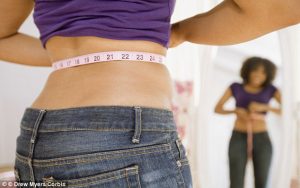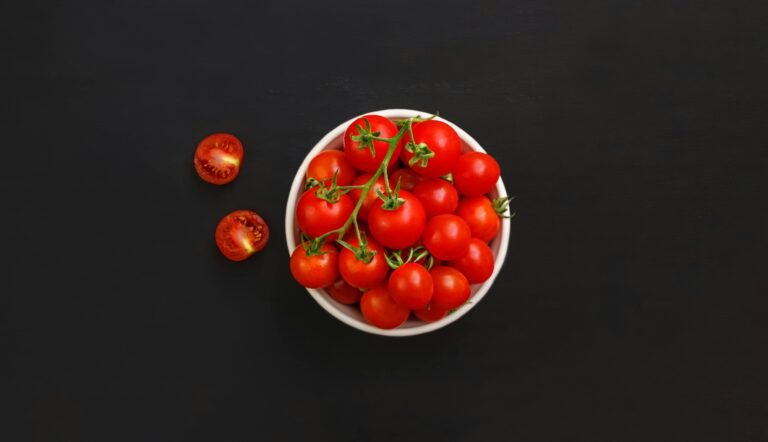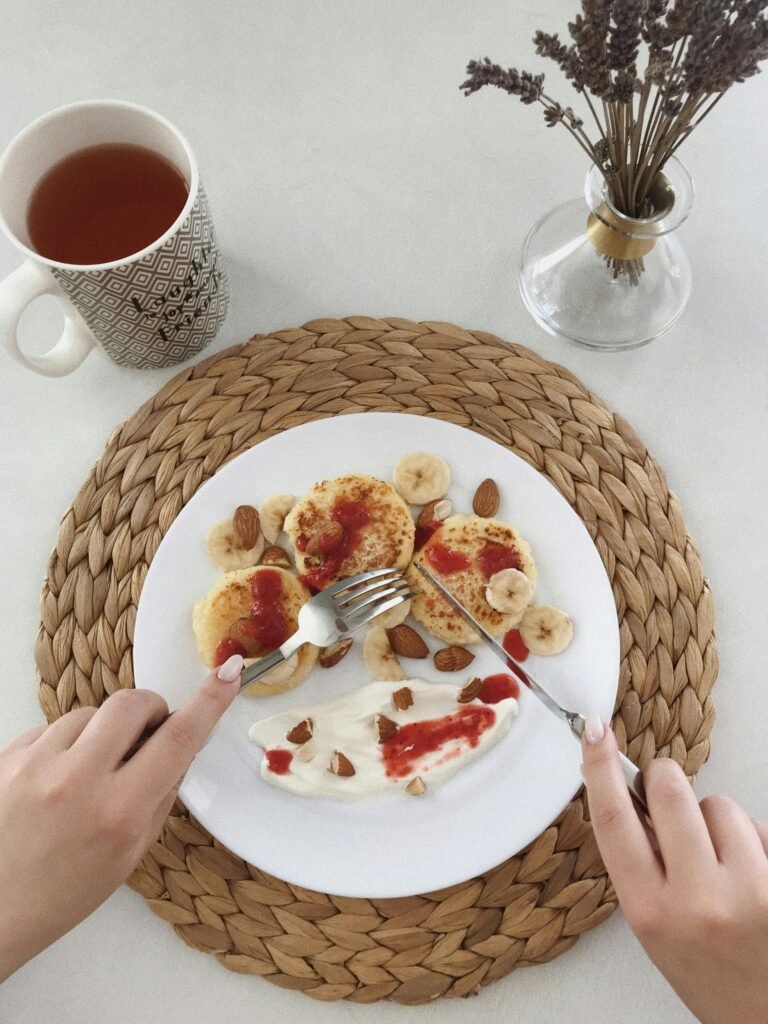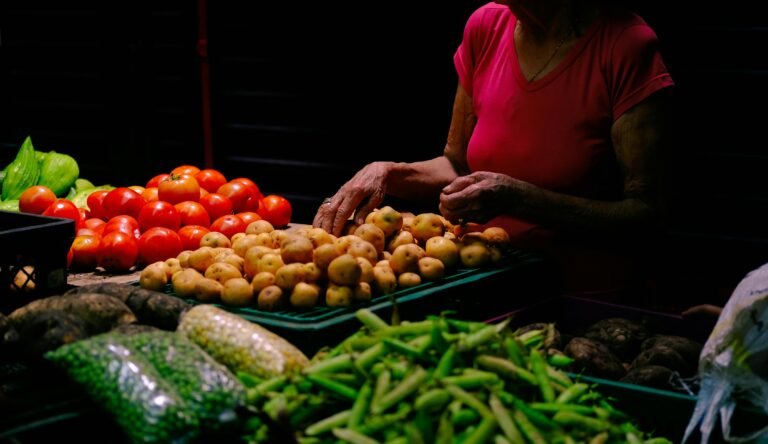Dissociated diet, who is it suitable for?
 The Hay diet or dissociated diet is one of those diets that can be successfully tried to lose abdominal bloating, reduce the waistline and lose a few pounds, and even if this type of diet struggles with the idea of the balanced meal and reduction of the glycemic load of meals by associating carbohydrates (which raise blood sugar) with proteins (which do not raise it) increasing the sense of satiety, there are indisputable advantages to eating dissociated for a limited period of time.
The Hay diet or dissociated diet is one of those diets that can be successfully tried to lose abdominal bloating, reduce the waistline and lose a few pounds, and even if this type of diet struggles with the idea of the balanced meal and reduction of the glycemic load of meals by associating carbohydrates (which raise blood sugar) with proteins (which do not raise it) increasing the sense of satiety, there are indisputable advantages to eating dissociated for a limited period of time.
THE PROS OF THE DISSOCATED DIET
1) The dissociated diet is not based on balanced meals,but on the division of meals according to the acid / alkaline rule. A carbohydrate meal, or one based on complex carbohydrates, can only be associated with vegetables and fats (and some types of fruit) because it is alkaline based; a protein meal can be combined with vegetables and fats because it is acid based. Associating acid-based foods with alkaline-based foods was not only wrong for Dr. Hay, it caused intestinal fermentation. Which in my opinion is not completely false.If we reduce the glycemic load of meals by mixing carbohydrates with proteins, digestion times will be lengthened: this will make us feel full longer, but it also means that food takes longer to pass through the digestive tract, causing, alas, fermentation. If on the one hand fermentation is not a phenomenon to be condemned, because it develops substances necessary for our metabolism, on the other hand an excess of fermentation from poor digestion leads to constipation, aerophagia, tense and sore abdomen.
2) By dividing meals by macronutrients(one carbohydrate meal, one protein meal), people tend to automatically eat easier. And thinner. Yes to pasta with vegetables, no to carbonara or lasagna. Yes to steak with salad and no to steak with potatoes or hambuger. Easier eating is proven to be one of the most effective keys to weight loss without dieting. In addition, many industrial foods that have partly complex protein elements are automatically eliminated. All to the advantage of the diet.
3) Improving digestion means helping the metabolism.
4) The dissociated diet is a plant-based diet, which leads to the consumption of fruit between meals and vegetables as an accompaniment to both carbohydrates and proteins in modest quantities.
5) In the dissociated diet the consumption of carbohydrates is pushed in the first part of the day, favoring the abstention from sweets and bread in the evening. Which is not bad, if you think that dinner is precisely the time when the working day ends, we tend to eat more.
DIET DISSOCATED: WHO IS IT NOT RECOMMENDED?
Compared to many other diets, the dissociated diet is safe for many people, and in fact has no particular contraindications. However, the diet helps those suffering from digestive problems without resolving them.
TRY TO DO IT WITH THESE SIMPLE RULES:
1) Do not associate carbohydrates (bread, pasta, rice, cereals and flour products, potatoes, carrots) with proteins (meat, fish, eggs and cheeses) but with fatty condiments and vegetables. Do not associate proteins with carbohydrates but with vegetables and fats.
2) Do not associate multiple carbohydrates with each other (in the same meal, no bread plus pasta) or proteins with each other (in the same meal no eggs and meat or cheese and fish).
3) Eat every 4 hours
4) Eat fruit between meals.
5) Eat legumes alone with vegetables and fats
6) Do not eat milk for breakfast or reduce it to a minimum
7) Carbohydrates must only be whole
8) Carbohydrates and proteins must be reduced compared to vegetables
An example of a dissociated diet:
Carbohydrate breakfast: coffee or tea, rusks or bread with butter and jam, a banana.
Foods tolerated for breakfast: homemade biscuits and homemade cakes (but with eggs, better only egg yolks and butter, possibly without milk: for example biscuits and shortcrust cakes)
Snack: an orange, a pear, a apple or other sour fruits
Lunch : up to 60 grams of pasta or brown rice (or up to 80 grams of legumes) with 2-300 grams of vegetables (but no tomato, yes to pumpkin, carrots, turnips and all the others vegetables) and oil or butter (spices and aromas are to taste), mixed salad for second. If you want you can finish the meal with half a banana (sweet fruit) or dried figs or prunes for those who need fruit.
Snack: a yogurt
Dinner: meat or fish or shellfish or cured meats or eggs or cheese in a portion of maximum 150/200 grams. A large plate of vegetables of your choice (including tomatoes: no carrots, potatoes, new potatoes, turnips, squash) dressed with oil and butter, herbs or herbs or oil seeds. A dozen walnuts, hazelnuts or almonds or pistachios at the end of the meal (no peanuts).





























+ There are no comments
Add yours